 Mysteries
Mysteries  Mysteries
Mysteries  History
History 10 Surprising Stories About the Texas Rangers
 Humans
Humans 10 Philosophers Who Were Driven Mad by Their Own Theories
 Miscellaneous
Miscellaneous 10 Video-Game-Worthy Weapons and Armors from History
 Weird Stuff
Weird Stuff 10 Psychics Who Accurately Predicted Wartime Events
 The Arts
The Arts 10 Pieces of Art Inspired by a Broken Heart
 Health
Health 10 Science Fiction-Sounding New Medical Treatments
 History
History 10 Surprising Facts About the Father of Submarine Warfare
 Space
Space Ten Astonishing New Insights into Alien Worlds
 Weird Stuff
Weird Stuff 10 Bizarre Summer Solstice Rituals Still Practiced Today
 Mysteries
Mysteries Top 10 Haunting Facts About the Ghost Ship MV Alta
 History
History 10 Surprising Stories About the Texas Rangers
 Humans
Humans 10 Philosophers Who Were Driven Mad by Their Own Theories
Who's Behind Listverse?

Jamie Frater
Head Editor
Jamie founded Listverse due to an insatiable desire to share fascinating, obscure, and bizarre facts. He has been a guest speaker on numerous national radio and television stations and is a five time published author.
More About Us Miscellaneous
Miscellaneous 10 Video-Game-Worthy Weapons and Armors from History
 Weird Stuff
Weird Stuff 10 Psychics Who Accurately Predicted Wartime Events
 The Arts
The Arts 10 Pieces of Art Inspired by a Broken Heart
 Health
Health 10 Science Fiction-Sounding New Medical Treatments
 History
History 10 Surprising Facts About the Father of Submarine Warfare
 Space
Space Ten Astonishing New Insights into Alien Worlds
 Weird Stuff
Weird Stuff 10 Bizarre Summer Solstice Rituals Still Practiced Today
Top 10 Common Misconceptions About Voodoo
Because Hollywood has mischaracterized representations of Voodoo for decades, most people who aren’t directly familiar with the religion have a lot of misconceptions about what it truly is.
That’s certainly true of a lot of things seen in movies and television shows, but when you’re talking about a major religion with around 60 million adherents, misconceptions matter. These ten misconceptions about Voodoo are prevalent, though they’re hardly the only ones.
10 Things You Didn’t Know About Voodoo
10 Voodoo Isn’t A ‘Real’ Religion
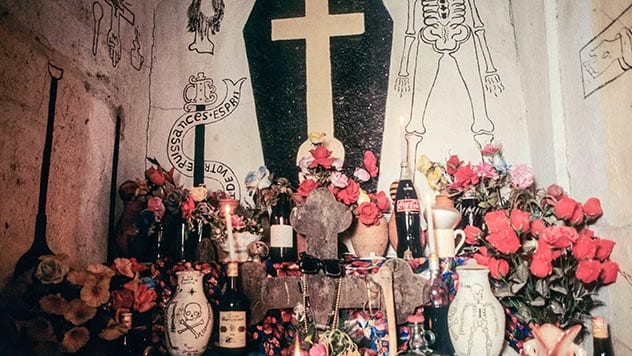
The common spelling, “Voodoo,” is itself an American way of mishandling the religion as it originally began, first in West Africa, and later, in places all over the world. Vodun was originally practiced by the Gbe-speaking ethnic groups of West Africa, and over time, the religion moved over to the New World. Variations on the religion popped up in Brazil (Candomblé Jejé), Cuba (Cuban Vodú), Spain and the Dominican Republic (Dominican Vudú), Haiti (Haitian Vodou), and Louisiana, which is where the spelling, “Voodoo,” remains.
While each culture has its own distinct form of Voodoo, they are all characterized as being syncretic religions, which are those that combine various aspects of two systems of belief. Haitian Vodou is one of the most widely practiced in the world today, as the majority of Haitians practice it in one form or another. Only 2.1% of the Haitian population identify Haitian Vodou as their primary religion, but due to the syncretic nature of the faith, a large number of Roman Catholics also follow some aspects of the religion alongside their traditional Catholic practices. More than half of all Haitians identify themselves as Roman Catholic.[1]
9 Voodoo Is Condemned By The Catholic Church
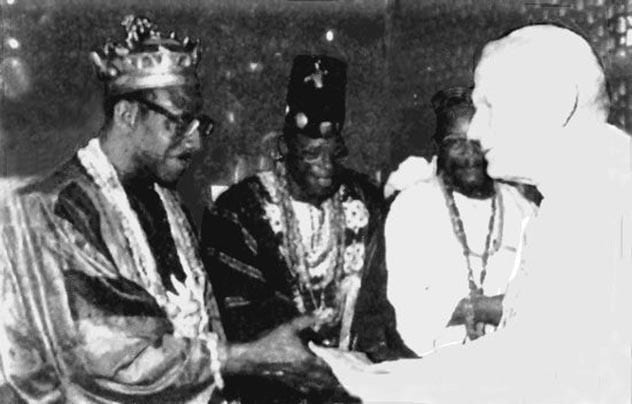
This misconception makes sense if the only aspects of the faith people have seen include the dark representations favored by Hollywood. In reality, Voodoo is closely associated with Catholocism, and significant aspects of the two faiths have become intertwined over the years. Spiritualism is a big part of all forms of Voodoo. In the case of Haitian and Louisiana Voodoo, many of those spirits have Catholic counterparts, including representations of Mary and Saint Peter. As a result, the Catholic Church hasn’t condemned Voodoo; it has accepted it with open arms.
Because the two faiths are so intertwined, many practitioners of Voodoo have been baptized in the Catholic Church. Granted, this is a new association, as, in the past, the opposite was true. Fortunately, that is no longer the case, and the two religions have a long history of working alongside one another. Pope John Paul II spoke at length about the practice of Voodoo,[2] and even spoke about the religion’s practices, which he maintained had a “fundamental goodness” about them. In the early ’90s, he attended a Voodoo ceremony, which further solidified the relationship between the two faiths.[3]
8 Voodoo Dolls Are Used As Instruments Of Torture
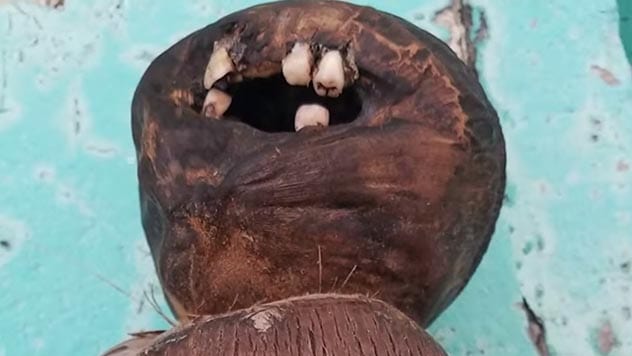
We’ve all seen the movies, where a character picks up a Voodoo Doll and stabs it with a straight pin to cause excruciating pain for whomever the doll represents. It makes for great storytelling, but it’s a gross misrepresentation of what a Voodoo Doll is actually used for. In reality, they are used for benevolent purposes in nearly every instance of their use. This means that no matter how hard you jab a pin into a doll representing your ex, they aren’t going to double over in pain when you stab a doll you made in their likeness.
The reason you jab a straight pin into a doll isn’t to cause pain to anyone; it’s to affix a photograph of the person the doll represents, which can be the person doing the jabbing, or anyone else in the world. Other items are often attached to the dolls, including flower petals, money, or anything that might suffice as an appeal to the spirits to recognize the doll and open themselves to it. Instead of pain, the dolls are used to bring good fortune or anything benevolent that might help the person the doll represents.[4]
7 Adherents Practice Black Magic

Once again, Hollywood is to blame for this misconception, as it often depicts people practicing black magic through sacrifice or some other means. In reality, there is no line dividing the spiritual practices of any Voodoo religion, so there is no distinction between black or white; in the end, it’s just magic. Of course, this isn’t magic of the Penn & Teller variety; it’s more of a communion with the spirits than it is cursing someone or pulling a rabbit out of a hat. While there isn’t a black or white type of magic, there is a form of spiritual possession called “red magic.”
When a practitioner conjures an evil spirit instead of a benevolent one, or they are bribed by such a spirit to do something ominous, it’s called red magic. The coloration comes from the spirit itself, so when a person lets one of these evil spirits take possession of their bodies, their eyes are said to turn red, which indicates that an evil spirit is present. Other than the “red” classification, Voodoo spirituality is neither malevolent or benign, so the terms white and black magic simply don’t apply.[5]
6 Practitioners Sacrifice Animals To Finish Dark Incantations
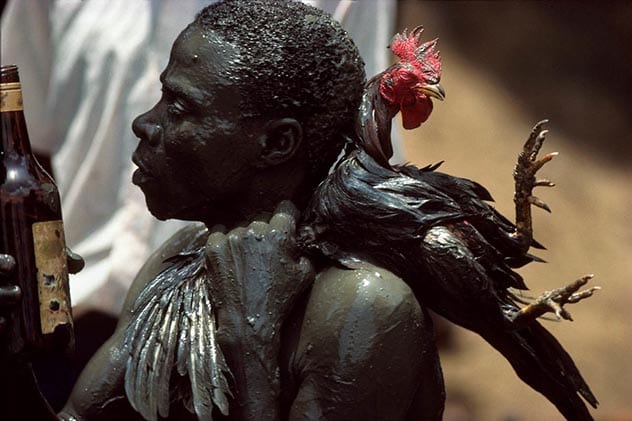
When you’re watching a movie depicting a Voodoo ritual of animal sacrifice, it’s probably only partially related to the practice done IRL. Animal sacrifice is a big part of the religion, but it’s not done as a means of taking on the animal’s life force to initiate some spell; it’s done to combine the life force with something called the Lwa (or Loa). The Lwa is an aspect of Louisiana Voodoo and Haitian Vodou, and they are the primary spirits of the faith. They are sometimes called “Mystères” and the “Invisibles,” who act as intermediaries between humanity and the Supreme Creator.[6]
Sacrificing an animal to the Lwa combines the animal’s life force to the life force of the Lwa, which is done to rejuvenate the spirit. Rejuvenation is necessary, as the Lwa are exhausted from having to take care of the day-to-day operations of running the universe for the Supreme Being. Receiving the life force of a sacrificial animal helps to reinvigorate them, so they can continue doing what they need to do. The Lwa are often pleased to receive this gift, and as a result, almost all Voodoo rituals contain some form of animal sacrifice.[7]
10 Horrifying Facts About The Voodoo Murders Of Clementine Barnabet
5 Voodoo Practitioners Don’t Believe In God(s)
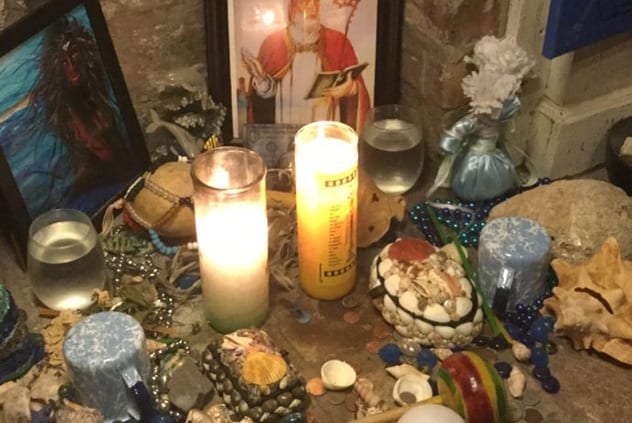
There is a common misconception about Voodoo, which revolves around the belief that the religion’s practitioners do not believe in or follow a deity. This is about as far from the truth as a misconception can be, as the main tenet of all forms of Voodoo is that there is one God, Bondye. In comparison to other religions, Bondye is similar to Yahweh, the God of Judaism, Christianity, and Islam. According to Voodoo, there is only one God, so it is technically a monotheistic religion, but it does feature numerous spirits, which likely contributes to this misconception.
In Voodoo, there are three categories of spiritual beings. The Lwa are the spirits of a person’s deceased family members, which make up the primary forces of the universe, including good & evil, reproduction, health, and all other aspects of daily life. The Twins are a set of forces representing good and evil/happy and sad. Finally, the Dead are the many souls of someone’s family who have yet to be “reclaimed.” The Dead are “the ignored,” and they can be dangerous, so honoring the Dead is a major aspect of Voodoo practices.[8]
4 Voodoo Is Primarily About Personal Gain

Because Voodoo is often depicted as a means to achieving some sort of malevolent end in movies, there is a common misconception that the religion centers around personal benefit. While there are certain aspects of the faith that do center around the promotion of one’s personal growth, the biggest concern of Voodoo centers around healing. Healing the individual, or healing an entire village is the principal focus of the religion, and it has a lot to do with where it is practiced around the world.
Elizabeth McAlister, a scholar of African religions at Wesleyan University, pointed out, “You have to remember that in Haiti, there is one doctor for every 10,000 citizens. So the burden of health and psychiatric care — and pastoring — falls on traditional religious healers. Priests and priestess are the front line of social services for most of the people.” As a result, the faith doesn’t concern itself with personal gain for the person performing a ritual; it’s all about community healing. McAlister further wrote that “Haitians should have biomedical healthcare. But the government and the international community haven’t come through. So they have to rely on who is there for them.”[9]
3 Voodoo Practitioners Make A Pact With The Devil
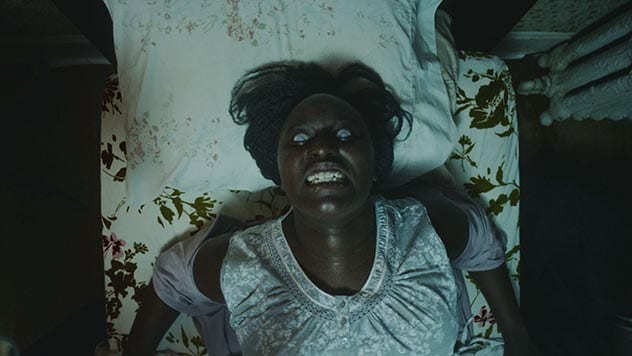
Back in the 18th century, Haiti was governed by the French, but a revolution on the island overthrew its oppressors, marking the one and only time in history a colony of slaves revolted and gained their independence as a free state. At the time, French propaganda claimed the Haitians made a pact with the Devil to overthrow their oppressors, and the misconception that this was the case remains prevalent today. When Haiti was struck by a debilitating earthquake in 2010, American televangelist Pat Robertson said that it was God’s revenge for the pact made hundreds of years earlier.[10]
Of course, this claim only showed how much the televangelist misunderstood the nature of Voodoo, but he’s hardly the only person to hold this belief. Because the religion is most often associated with black magic, relations with the Devil aren’t far behind. In reality, Voodoo doesn’t feature a Devil in the traditional Catholic sense, though there is a Lwa who is referred to as “the Devil” in popular culture. Papa Legba has been referred to as “the Devil” in blues music, but the spirit doesn’t reside in Hell. Instead, he stands at the spiritual crossroads, and grants (or denies) permission to speak with the spirits of the spirit world (Guinee).[11]
2 Voodoo Practitioners Can Raise The Dead
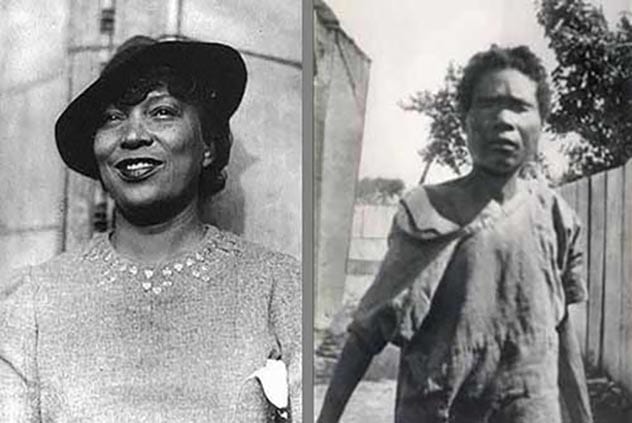
It’s unlikely that someone believes that a Voodoo Priest or Priestess could actually raise the dead, but a widespread misconception about the way Voodoo handles death gave rise to the concept of zombies. The term was first mentioned in the early 19th century in Robert Southey’s book, “History of Brazil,” where he noted the “zombi” as an aspect of Voudon Lwa. That remains true, but the distortion of history coupled with the exploitation of cultural misconceptions in movies and television perverted the original “zombi” into brain-eating monsters seen in popular culture all over the world.
While the concept of the zombie did originate in Candomblé Jejé, it has nothing to do with brain-eating monsters. Instead, zombies in Voodoo tradition are victims, who were brought back to life by priests called Bokors. This was done to create a force of slave labor used on the island’s sugar cane plantations. Granted, there’s no evidence of this being done in reality, but the concept remains true in modern Voodoo, which identifies it as what happens when the human force leaves the body. When this happens, the body remains a shell lacking self-awareness, a soul, or intelligence.[12]
1 Voodoo Follows A Strict Regimen Of Ritual And Practice

When Voodoo is shown on the silver screen, it appears to follow a specific practice that must be followed exactly as ordained or the results will be chaotic, and even deadly. In reality, this is far from the truth, as there are so many variations to practicing the many forms of Voodoo; one priest might do something completely different from another to achieve the same result. Unlike most religions, Voodoo doesn’t have a strict code for practitioners to follow; instead, it revolves around traditions passed down throughout the centuries, and across oceans.
Some forms of Voodoo follow a strict adherence to Islam and are closely associated with West African practices, while others deal primarily with Catholic institutions. There aren’t any houses of worship in Voodoo either, though there are designated houses or places where a priest might conduct a ceremony. Voodoo is more about culture than anything else, and because there are so many cultures that practice Voodoo, there isn’t a central body or set of rules practitioners must follow to call themselves members of the religion. Despite this, there is an online movement to create a centralized way of sharing information about the faith, which has resulted in a federation of practitioners in Haiti.[13]
10 Strange Tales Of Voodoo Murder








